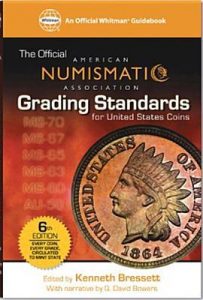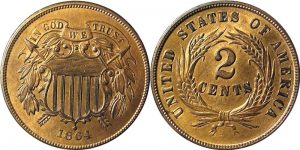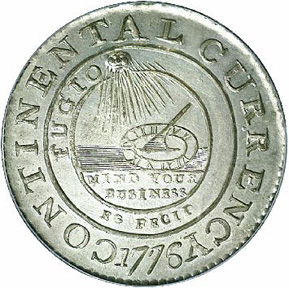A common saying in coin collecting is “Buy the book before the coin”. In other words, you should learn as much a possible about the coins that you want to collect before you start buying them. An educated collector almost always makes better buying and selling decisions.
The Fort Myers Coin Club is committed to providing collectors and potential collectors with as much information as possible on this web site and at our meetings and other numismatic events.
There are many basic and specialized reference books about coins. One of the most respective publications in the hobby is A Guide Book of United States Coins
Another essential book for a numismatic library is the “Official American Numismatic Association Grading Standards for United States”.
Since, we are on the subject of numismatic libraries there is another great source of books for the serious collector. The American Numismatic Association (www.money.org/library) has a lending library for it’s members. This library features resources and materials including but not limited to coins, paper money, medals and tokens.
The American Numismatic Association is offering free virtual courses through its new ANA eLearning Academy. Courses are open to both ANA members and non-members; there is no charge to participate but preregistration is required. Class topics are designed to appeal to a wide range of collectors from beginners to advance collectors. Please check out info.money.org/elearning for class descriptions and registration
Additional Information
Did you know that the first silver dollar size coin ever proposed for the United States was theContinental Dollar of 1776, although it was probably struck only in a pattern form and never reached general circulation? Specimens of this first Unites States dollar were struck in silver, pewter and brass and are very valuable these days. A word of caution, there are a lot of modern counterfeits of this coin.
Did you know a number of states issued their own coinage after independence from Great Britain was achieved? The states had the right to coin money from July 2 1776, the day of independence from Britain was declared until ratification of the Constitution on June 21 1788. States that issued coins were New Hampshire, Massachusetts, Connecticut, New York, New Jersey, and Vermont in what we call post-colonial issues.
Did you know the motto IN GOD WE TRUST first appeared on the U S two cent 
Did you know that E PLURIBUS UNUN means “one of composed of many”. It first appeared on the 1795 Liberty Cap Heraldic Eagle half gold eagle (i.e. $10)
___________________________________________________________
The $10,000 Gold Certificate is payable in gold and the notes were used primary by banks and the Federal Reserve. On December 13, 1935 there was a fire at the Old Post Office building in Washington DC where all the redeemed, thus “worthless”, 1900 $10,000 gold certificates had been stored. During the fire some workers at the building threw out box containing thousands of these notes into the street. Pedestrians of course picked them up. Most had already been canceled like the one shown. Many of the examples you see today have smoke or water damage from the fire control efforts. They are probably less than 400 surviving notes.

